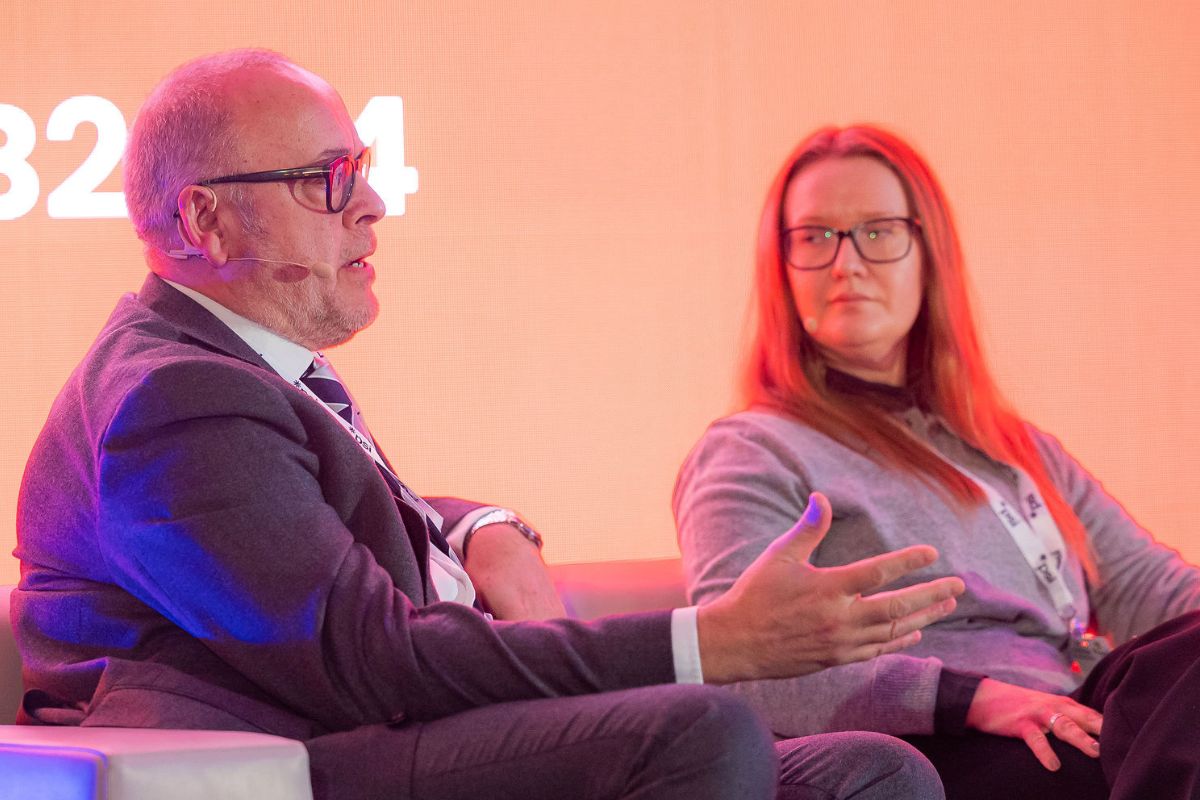Educational Equity For All Students with Next Gen TV

#DigitalPoverty – Next Gen TV Prototype Shows How Educational Equity Can Be Achieved For All Students
The National Association of Broadcasters (NAB) has collaborated with Howard University Middle School of Mathematics and Science, and international IT consultancy Fincons Group to create a first-of-its-kind prototype Next Gen TV application that helps bridge the gap in access to learning and helps with the goal of creating educational equity for all.
By utilizing ATSC 3.0 technology, students without access to the internet could use such an application to participate in home learning, do homework, take quizzes and access additional learning resources — all through their Next Gen TV screens, thanks to data broadcasting.
The demonstration, taking place during an NAB Amplify session on June 24 at 2 p.m. EDT, will showcase the simplicity of the application and how datacasting works. These include having the class schedule presented in a TV guide-style with easy navigation and a traffic light color-coded system that indicates to students: work that is outstanding, ongoing and completed.
When work is complete, a QR code is generated, allowing students to submit their work to their teacher with a mobile device. This innovative feature allows two-way communication between the school and the students, which is crucial for remote education to be effective.
Kathryn Procope, head of school at Howard University Middle School of Mathematics and Science, said,
“What became incredibly apparent since the start of this pandemic is that so many children are simply not receiving equitable resources for their home learning needs. Educational equity means that every child is provided with an equal opportunity to succeed and have the necessary support to do that. We have seen across the country digital deserts, and while schools can support by providing devices, a device that cannot connect is no help at all. Rather than focusing on what households don’t have, we looked at what the majority of homes do have and how it could be utilized to provide much-needed home education, and that is a television.”
Francesco Moretti, group deputy CEO and CEO international at Fincons Group, commented,
“Exploring avenues to maximize the latest technologies for the citizen is fundamental, and as a group, we are exceptionally passionate about this. The pandemic has been highly challenging. We have risen to utilize our skills, experience and innovation, developing applications that solve real issues affecting us, from education to remote working.
“This prototype application for educational equity could go beyond the pandemic,” added Procope. “It could provide extra learning resources to students who may require additional support once they have returned to the classroom.”
“So much of the conversation today around ATSC 3.0 is focused on providing better picture or audio quality or the interactivity of broadcast applications, yet this standard opens the door to new opportunities for data broadcasting or datacasting. In our demonstration, this has been placed in the context of creating educational equity,” said Sam Matheny, chief technology officer at NAB. “This application highlights an important capability of Next Gen TV that could easily be overlooked.”
“Providing new services to the citizens such as remote schooling, but also hyperlocal news, weather forecasting, emergency alerting or other data-driven personalized services, will be an effective scaling factor towards a rapid and wide adoption of Next Gen TV,” said Oliver Botti, strategic marketing and innovation executive director at Fincons Group.
Sean Plater, general manager at WHUR and acting general manager at WHUT Howards Media Properties, concluded,
“Datacasting is an applicable feature of Next Gen TV, and we are very excited about what opportunities exist going forward. Service to our communities is always at the top of what we do. This goes way beyond providing great content. It’s about creating applications and use cases that make a real difference, not just at the middle school level but across education generally.”











Responses